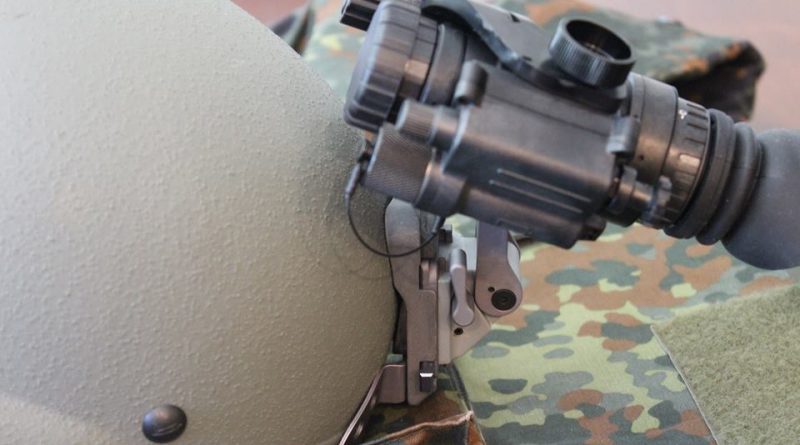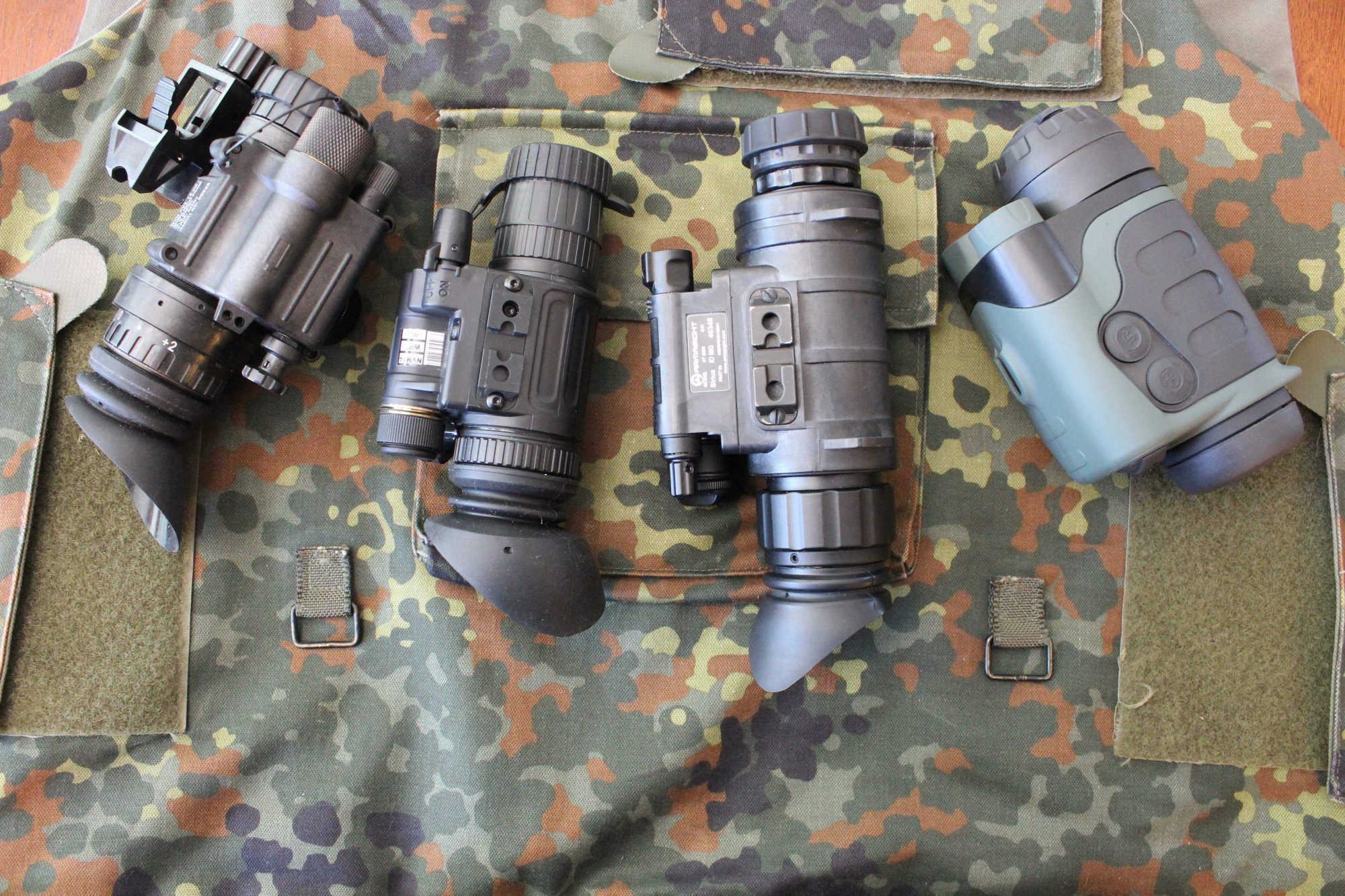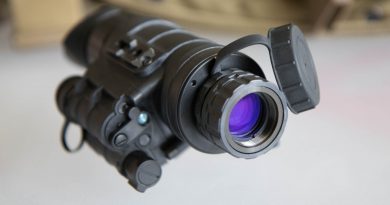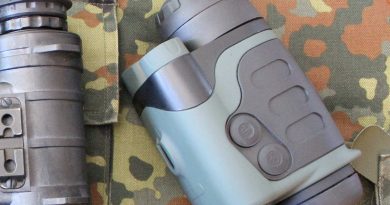Night Vision Review Series – Night Vision Basics
Note: This article is the general overview for our extensive series reviewing several night vision devices. Because night vision devices are generally very expensive our goal was to review devices across a broad range of prices and provide some comparison for those in the market and help them make a more informed decision. For links to our reviews of individual items please scroll to the bottom of this page.
Night Vision is something that many preparedness minded individuals would like to see in their toolbox. Unfortunately the realm of Night Vision technology is awash with conflicting information, viewpoints etc. Trying to sort out fact from opinion when evaluating products for purchase is difficult to say the least. In our series on Night Vision technology and products we’ll sift through the hype and bias to determine which products have value and and identify which might be avoided. Firstly let’s discuss the technology.
How does Night Vision Work?
Night Vision technology is based on various Cathode Tube designs that gather visible and invisible light and intensify it into an image for the user. Night Vision devices are categorized by tube generation. Tube generation does not indicate image quality specifically, however it does denote the tube design components and typically the higher generation the tube, the better performance expected from a device equipped with the tube. Tube generation is not the only factor in how well a device will perform. The optics design and features have a lot to do with how well each unit will work. Internet bravado aside each unit is can be evaluated based on it’s own merits not solely on it’s tube generation.
The image above shows four night vision monoculars, from right to left: AN/PVS-14, ATN NVM14-WPT, Armasight Sirius GEN 2+ ID MG, Firefield 1×24 Spartan.
Generation 1 Night Vision Devices
Generation 1 devices are common on the market. Typically these devices are the least expensive and least powerful. These devices enhance visible and invisible light creating an intensified image allowing the user to see more than the naked eye. The usability of Gen 1 devices ranges from a simple novelty to a device with some value for the preparedness minded individual. Gen 1 devices typically have shorter range than other night vision and images often have “fish-eye” distortion.
Generation 2 Night Vision Devices
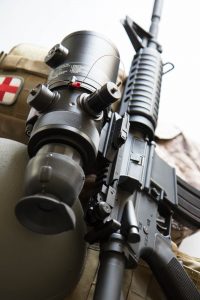
Generation 2 devices are a major leap beyond Gen 1. Design changes in Gen 2 tubes allow light gathering 20 times greater than Gen 1. Images tend to be less distorted than Gen 1. Images from Gen 2 devices are better in all respects than Gen 1. Gen 2 devices tested in our Night Vision series demonstrated value to the preparedness minded individual. Some of the Gen 2 devices are outstanding performers, but they tend to be larger and heavier than their Gen 3 counterparts.
Generation 3 Night Vision Devices
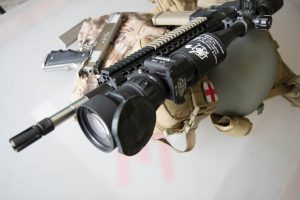
Generation 3 devices generally produce images that are clear and bright. Design advancements in Generation 3 devices make images better and device life increased. Light amplification is better than Generation 2 but the gap between Gen 1 and Gen 2 is substantially larger than the gap between Gen 2 and Gen 3.
Generation “+”
Occasionally you will see a device advertised as Gen 1+, Gen 2+ or Gen 3+. This plus denotes a tube that is performing better than units of the same generation. Consider that the Generational designation denotes basic tube components, but does not account for improvements in those specific components themselves. What that means is that when you see a device labeled with a specific generation (i.e. Gen 1) you know you’re getting a certain type of tube. The plus (“+”) simply means that same tube has been enhanced or souped up so to speak. They’re getting the most they can out of a tube marked with plus (“+”) BUT it’s not a different generation tube. It’s still limited in the same way.
Consider an older V8 motor, the type with a carburetor. You can get better performance with a larger engine block or a different carburetor, but you’re still dealing with all the same basic components. When you add a blower you add another layer of sophistication to the motor, and the motor’s performance can be significantly enhanced by the addition of this component. When 2nd Generation Night Vision tubes were designed they incorporated new and different components into the tube design.
Changing generations makes the most significant difference in image quality. For example, Generation 1 has been around since the Vietnam War. That means that tube designers have had a lot of time to develop the Generation 1 tube. Pulsar’s CF-Supertube equipped Sentinel we tested while Gen 1 is definitely not your typical Gen 1 tube. That scope had significant performance benefits over other Gen 1 devices when compared.
Getting to the Bottom of Night Vision Hype…
The aim of our comparisons was to determine the validity of manufacturer claims and internet reports. We determined that some of the oft repeated internet forum commentary to be flawed.
One of the comments we saw a lot was: “Gen 1 Night Vision is useless, you can see as well with your naked eyes.” or comments to that effect. In our test Gen 1 let you see things you can’t see with your naked eye. All generations of Night Vision can see Infrared light, which is invisible to your naked eye. This presents advantages when using infrared illumination that act as invisible flashlights to all but the Night Vision user. Unfortunately some Gen 1 devices interface with the user in a way that makes them little more than a novelty, but the idea that they are of no value is inaccurate.
Another comment we saw more than once was “Buy Gen 3 or don’t buy anything.” Certainly we reviewed some excellent and impressive Gen 3 devices. We still saw devices that demonstrated value in each Generation. The best devices we saw were Generation 3, they were also the most expensive.
Purchasing Night Vision
Night Vision can offer some distinct advantage to the preparedness minded user, depending on the device it can be a big investment. Research is key. In reading Night Vision reviews it was clear that some purchasers expected the quality of the $4,000 unit they used in the military from the $200 commercial unit they purchased online. Thorough research and realistic expectations will help you select the best unit for your budget.
Gear Review
Here are some quick links to gear we’ve recently reviewed.
Firefield 1×24 Spartan Night Vision Monocular With Headgear
Armasight(FLIR) Sirius Gen 2+ Night Vision Monocular

